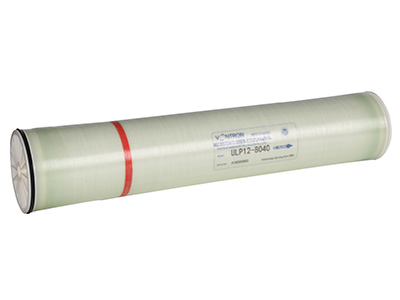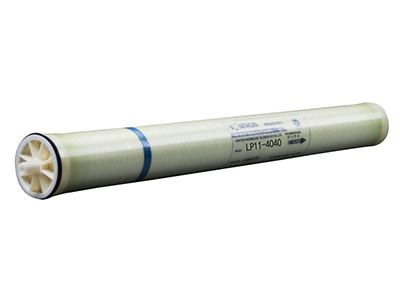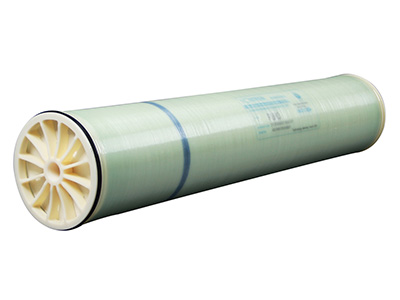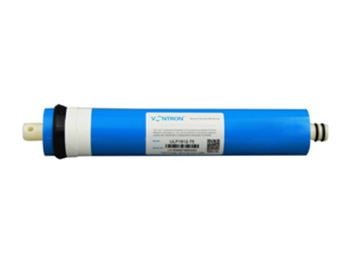- Home
- Technologies
Reverse osmosis is the most economical water filtration technology for removing impurities from water.
Osmosis is a process by which molecules of a solvent tend to pass through a semipermeable membrane from a less concentrated solution into a more concentrated one. Reverse osmosis is the process goes into reverse. The greater the pressure applied to the saline solution, the better the osmotic pressure to push the water through the RO membrane element, thus achieving desalination, demineralization, deionization or other contaminant removal.
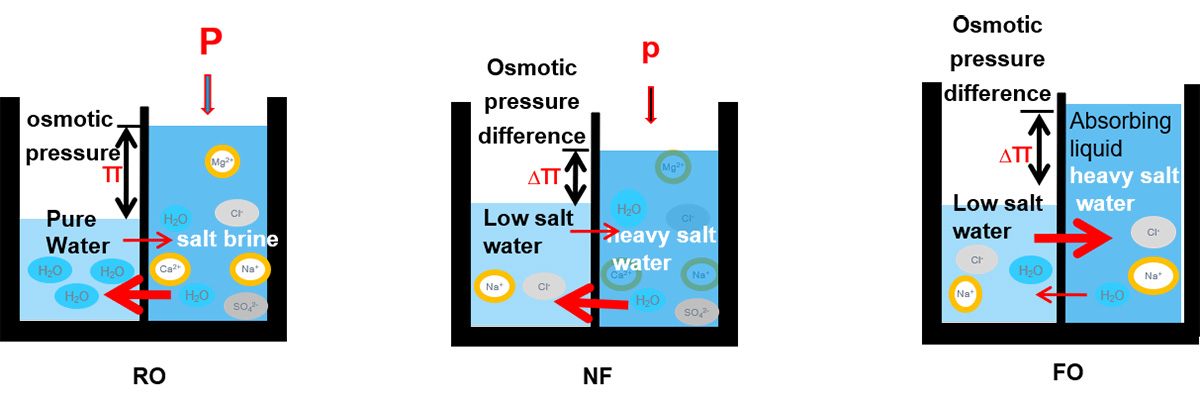 Figure 1. Diagram outlining the process of reverse osmosis
Figure 1. Diagram outlining the process of reverse osmosis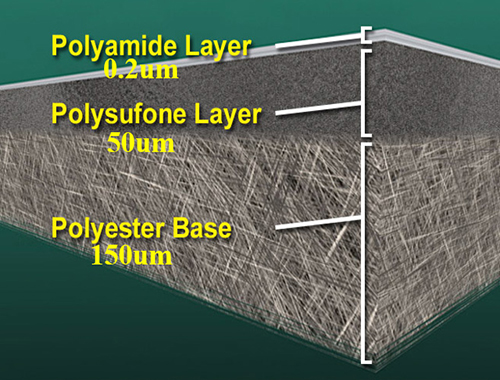 Figure 2. RO membrane structure
Figure 2. RO membrane structureReverse osmosis membrane is the core element of the RO system. It is a semi-permeable membrane that allows pure water to pass through while simultaneously blocking dissolved salt and other contaminants. The RO membrane elements are normally made using polymer materials including cellulose acetate film and aromatic polyamide film, just to name a couple. Designed with a pore size range of 0.2~0.8nm, the reverse osmosis membranes ensure an extremely effective separation, removing up to 99%+ of the dissolved salts. This feature makes it ideal for removal of dissolved salts, bacteria, viruses, organic and more in the feed water to get quality, hygienic and clean water.
The RO membranes are mainly constructed with a non-woven fabric layer, a polysulfone support web and a polyamide barrier layer. Because of membrane surface modification technology, the reverse osmosis membrane features an improved smoothness and hydrophilicity, as well as reduced surface charge. This superior quality RO membrane greatly reduces the rate of contaminants and microorganism build-up on the surface, prolonging the service file while saving you money.
The RO membrane element is designed with several membrane leaves. Each membrane leaf features a permeate spacer as the interlayer. The membrane sheets are glued together on three sides, with the only opening facing toward the permeate pipe.
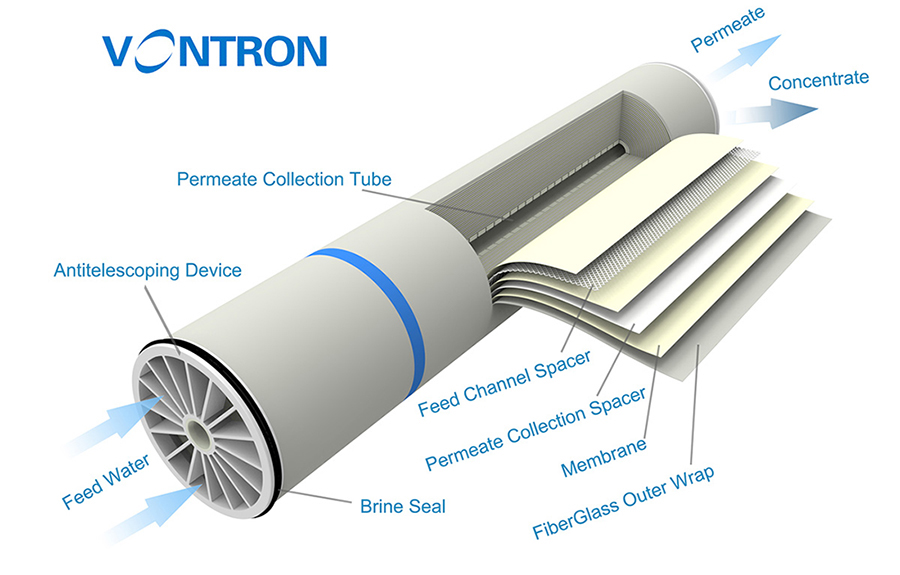 Figure 3. Spiral wound element design, industrial use
Figure 3. Spiral wound element design, industrial use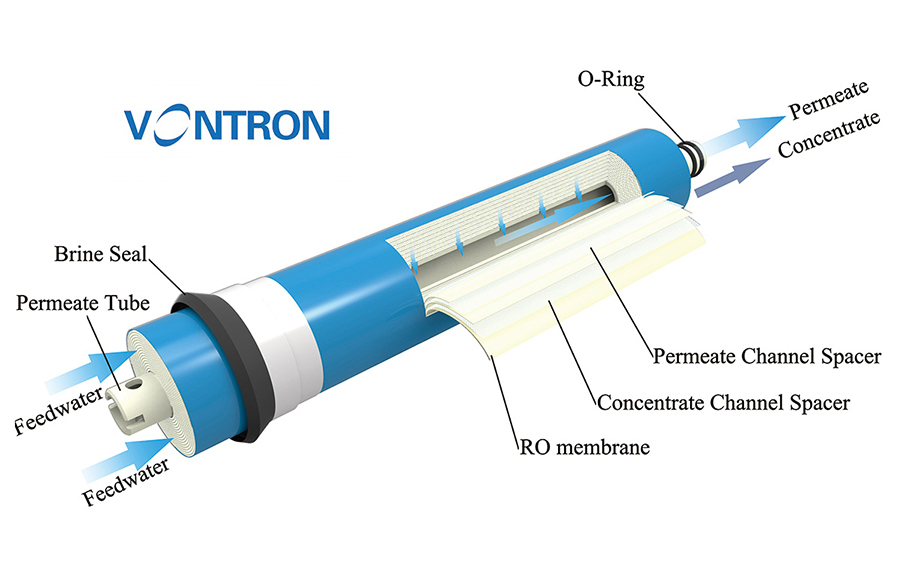 Figure 4. Spiral wound element design, residential use
Figure 4. Spiral wound element design, residential useThe reverse osmosis membranes feature the following advantages compared to traditional filtration products:
. Easy to operate
. Modular design for easy installation
. Hazardous chemicals are not required
. Energy efficient
. Reduced water and sewage use costs
. Provides quality permeate water
Due to these advantages, the RO membrane elements are widely used in bottled water, drinking water, boiler replenishment water, ultrapure water, etc.

